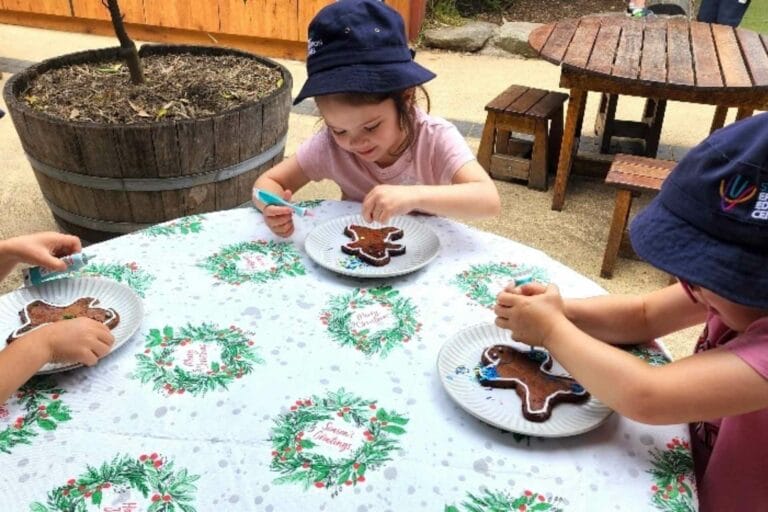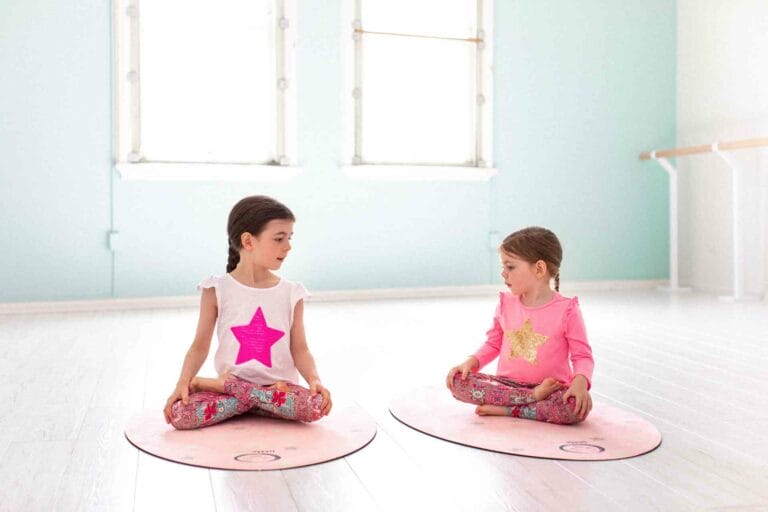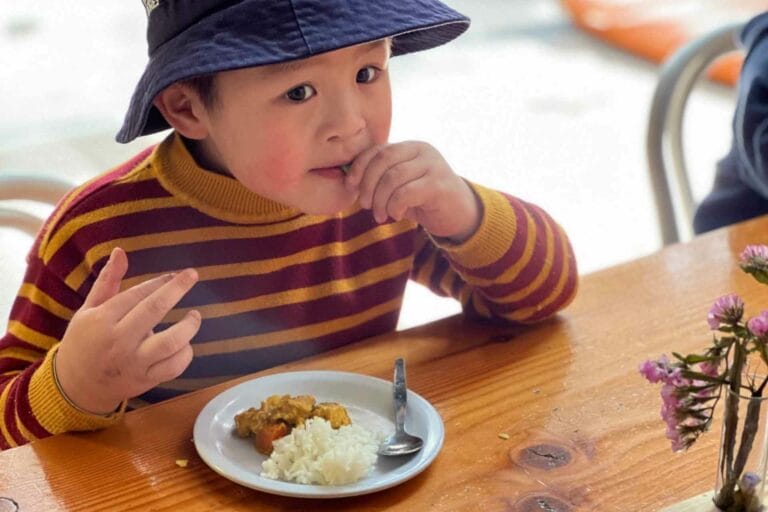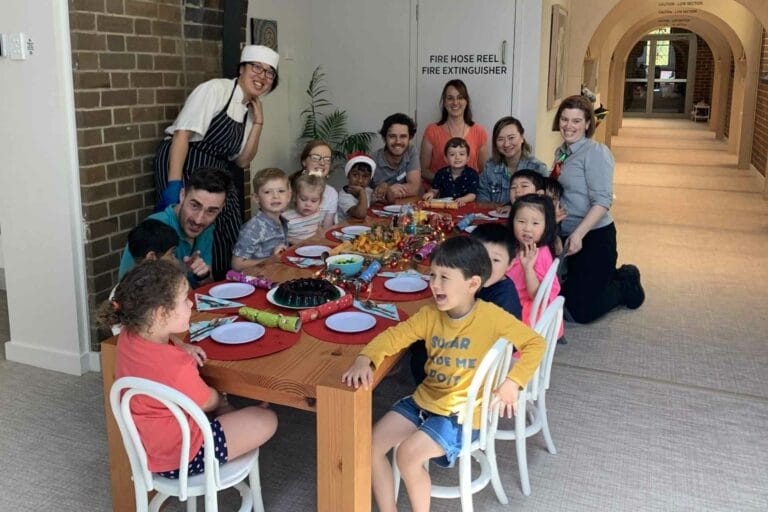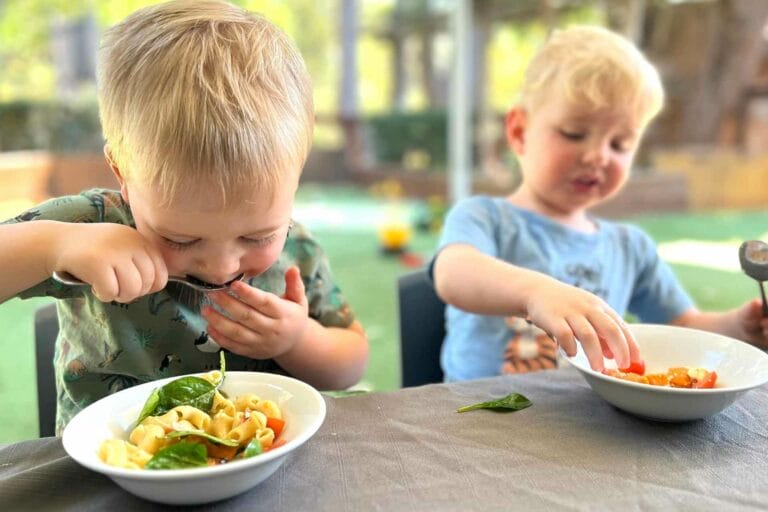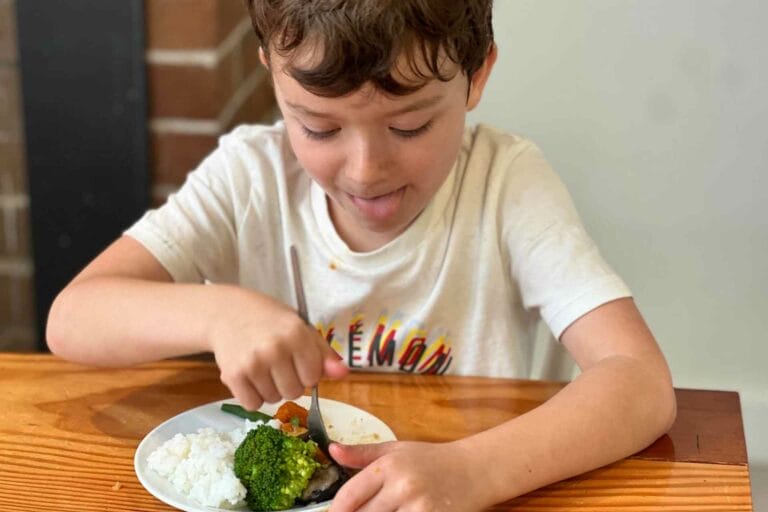Cold season – what can you do
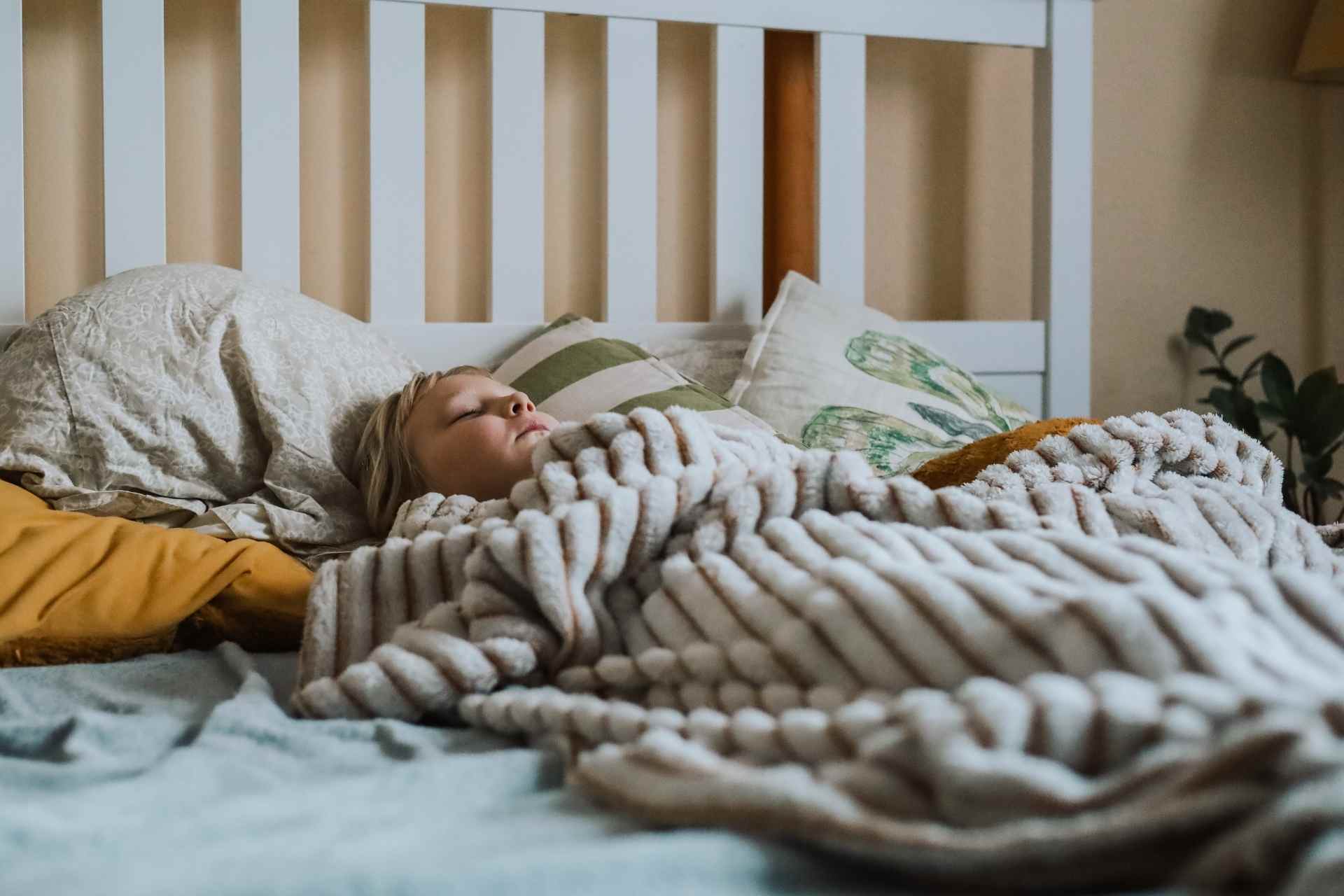
Be prepared for this cold season. As the colder months approach, coughs and colds are inevitable, particularly for children. It often feels like a never-ending cycle, with one child getting better only for another to fall ill, or your child finally shaking off one cold only to catch another soon after.
Even healthy preschool children will catch colds
There are literally hundreds of different viruses that can cause colds in our children – RSV, adenovirus, rhinovirus, enterovirus, parainfluenza and the list goes on. Did you know that, healthy preschool
children are expected to catch at least six colds each year.
As a practising paediatric nurse and a mother of three boys of my own, my advice is don’t focus too much on the type of respiratory virus that caused your child’s cold. Instead, focus on recognising your
child’s symptoms. Know what’s normal and what’s not for your child, and know when to seek help.
Know what is normal for your child
At Kidsaver, we encourage all parents to use their phone and film their little ones for one minute when they are well, with their chest and tummy exposed. This will give you a baseline for what is ‘normal’ respiratory function for your child. Then, if your child was to get sick, you can more easily recognise any changes or if their breathing is now normal for them or not.
Common Cold Symptoms
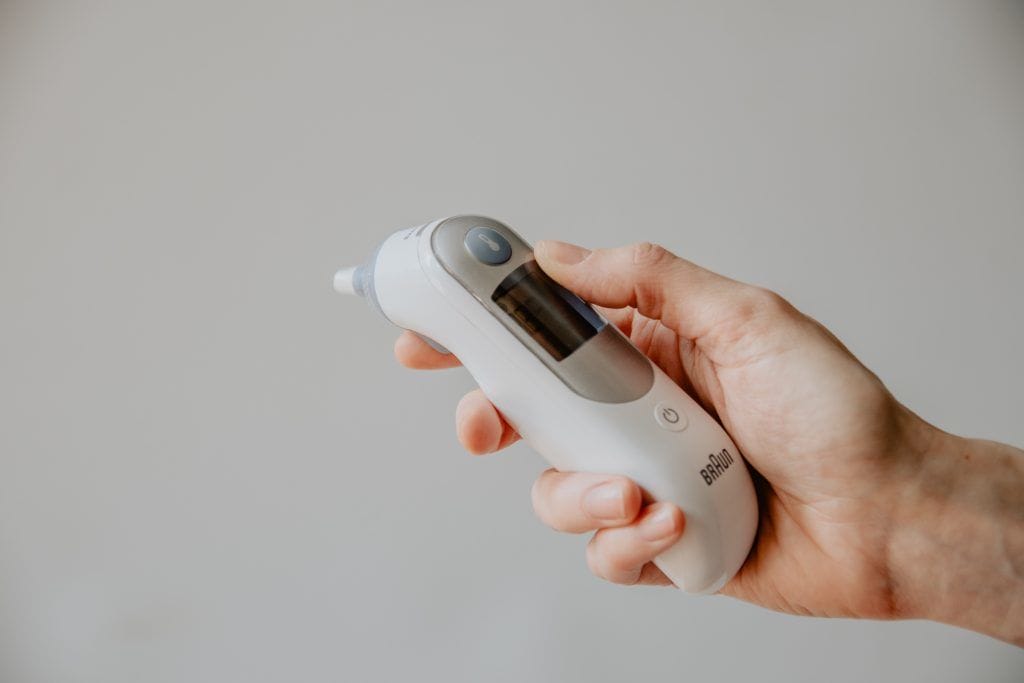
Common symptoms your child may experience when they have a cold could include:
- Fever
- Sore throat
- Sneezing
- Runny nose or blocked nose
- Cough
- Decreased appetite
- General irritability
- Tiredness
If your child’s symptoms are mild, they can be managed at home with your support. Some strategies include:
Hydration
This is essential. Offer smaller, more frequent feeds/fluids. When your little one is sick, they may lose their appetite, which is normal. Prioritise fluids over solids. Also monitor nappies and check they are weeing enough.
Rest
Encourage sleep, quiet time, and lots of cuddles.
Saline drops or nasal spray
For our littlest ones who are still breast or bottle-fed, it’s helpful to use saline drops before feeding, or nasal spray for older children, to help them more easily breathe through their nose.
Medicine
If they are miserable and refusing to drink, you can give paracetamol and/or ibuprofen for comfort. Always follow the directions on the packaging, to get the right dosage for your child age and weight.
However, if your child shows any ‘RED FLAGS‘ as listed below, seek medical attention immediately. ‘Red flags’ are the really concerning signs when your child is sick that indicate the need for urgent medical help.
????Red flags for cold season ????
If your child shows any ‘RED FLAGS‘ as listed below, seek medical attention immediately. ‘Red
flags’ are the really concerning signs when your child is sick that indicate the need for urgent medical
help. Here are some signs that you need to seek medical attention immediately:
- If you are concerned, please seek medical help
- Abnormal or distressed or laboured breathing
- Change in skin colour – Pale, mottled or blue
- Dehydration – If your child has severe dehydration, they may be: extremely thirsty, lethargic or less active than usual, pale and have sunken eyes, tears may be absent when crying.
- Change in behaviour – Are they lethargic or floppy, difficult to wake up, or unable to be consoled
- Do they have a Non-Blanching rash? To ascertain if a rash is blanching, use your fingers (parents are encouraged to use a clear glass at home) to place gentle pressure on the affected skin area. If the rash disappears with pressure it is considered a ‘blanching rash’. If the rash does not disappear, it is considered a ‘non-blanching rash’.
- If your child is less than 3 months old & they have a temperature above 38 degrees Celsius
What could be more important?
It is so important to be able to recognise your child’s symptoms and know when to seek medical attention. Remember, in most situations, you will be able to manage just supporting your child at home
with extra fluids, rest and cuddles. If your child shows any ‘RED FLAGS’, however, seek medical attention
immediately.
We hope this helps give you some good insights into managing this cold and flu season. We hope you say well! If you’d like to learn more about our service you can book a tour or send us a message or explore our amazing purpose build early educations centres.

Written By
Written by Tara Reid, Kidsaver
